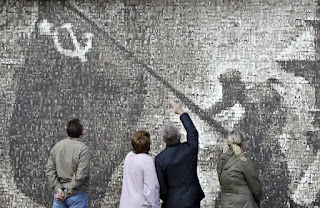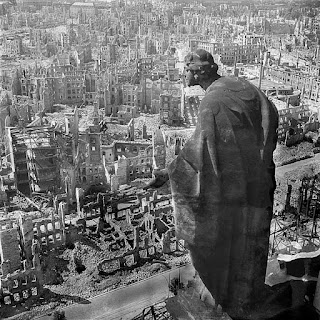First World War soldier with gas mask. US soldier at a First World War training camp peeling onions while wearing a gas mask.

First World War soldier with gas mask. US soldier at a First World War training camp peeling onions while wearing a gas mask. The First World War (1914-1918) saw the first large-scale use of chemical weapons, with a chlorine gas attack by German forces on French positions at the Second Battle of Ypres on 22 April 1915. Around 85,000 soldiers died due to the use of chemical weapons over the remaining years of the war, with many more wounded or blinded, either permanently or temporarily. The gas masks used by soldiers consisted of a mask and a respirator. The US entered the war on 6 April 1917, playing a crucial role in helping Britain and France to defeat Germany and its allies. This soldier is part of the 40th Division of the US Army. Photographed in March 1918, at Camp Kearny, San Diego, California, USA. See more photos below: We hope that you have enjoyed reading our blog on the world history and facts. If you enjoy this blog please let ...





